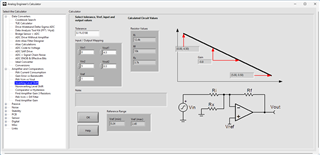Other Parts Discussed in Thread: ADS131M08
Tool/software:
Hello,
I am currently developing a data acquisition system which is based on ADS131E08 ADCs. I have two questions:
1. I will not use the nPWDN and nRESET pin, because to save energy in our application the power supply will be completely disabled.
How should the two pins be connected in this case? Can you let them float or do they have to be pulled against DVDD and if so can you do this directly or do you have to use an external pullup resistor?
2. The second question concerns the input configuration for single ended signals.
In our application only single ended signals in the 0-5 V range are used. As I understand the data sheet, it is not possible to connect the negative input to GND as is the case with the ADS131M08 due to the common mode input range? I would therefore have to connect the negative input to a 2.5V potential and could then also cover the full dynamic range of the ADS131E08 with my 0-5V input signal?
I would like to thank you in advance for your help :-)


